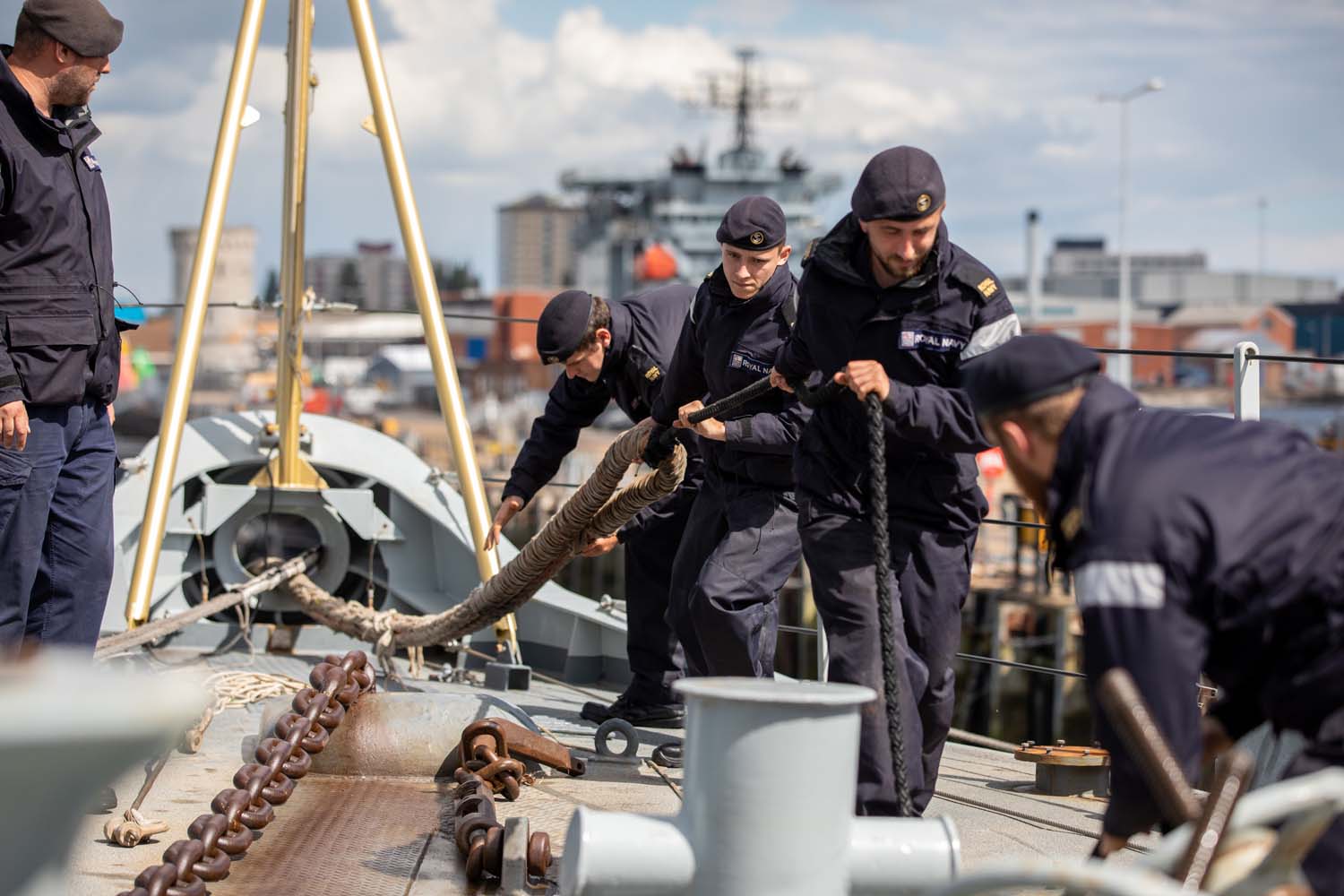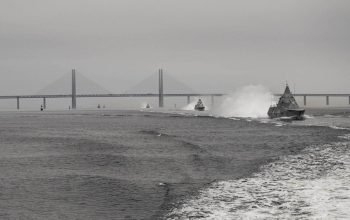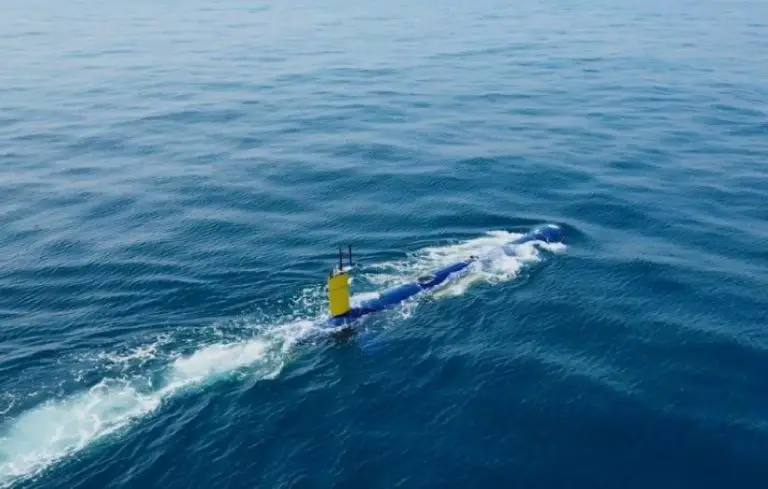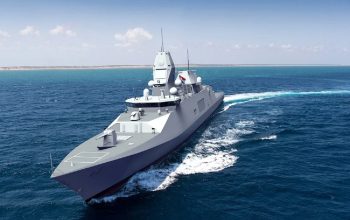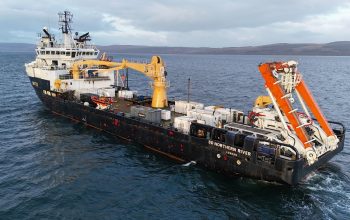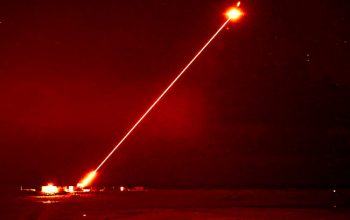HMS Lancaster is spending a fortnight flexing her military muscle off the south coast as she prepares for renewed front-line duties. After a spot of maintenance in her home base of Portsmouth, the frigate put to sea at the weekend to focus on the ‘business end’ of Royal Navy operations: warfare. The ship is gearing up for her first operational duties in nearly five years following a period of extended readiness and two-year refit in Devonport. That overhaul gave her numerous new systems and sensors, from Artisan 3D radar (the grey slab which spins on top of the main mast) to the Sea Ceptor air defence system (the Mach 3 missiles which take out airborne threats up to 15 miles away).
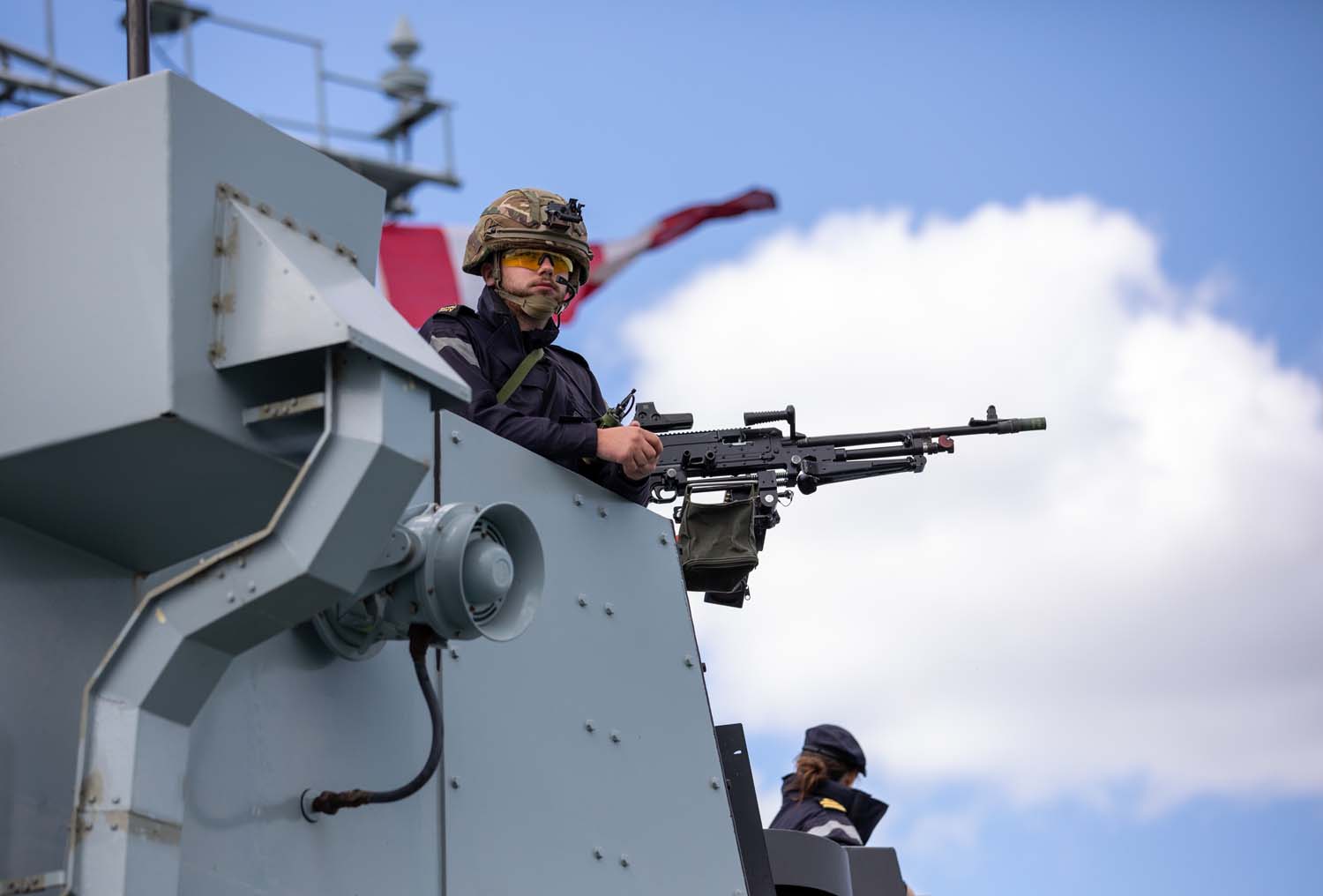
Those systems, as well as the ship’s company, will face a two-month-long test in September when the Queen’s Frigate – she’s named after the monarch in her role as Duke of Lancaster – faces Operational Sea Training. Akin to ‘pre-season training’ for Royal Navy warships, it ensures the 180-plus sailors and Royal Marines on board are ready for every possible eventuality on deployment.That includes, however unlikely, preparing for chemical or nuclear incidents by donning precisely-fitting respirators (Lancaster has a self-contained inner citadel to protect its sailors in the event of radioactive fallout/biological threats, but it doesn’t extend to working on the upper deck).
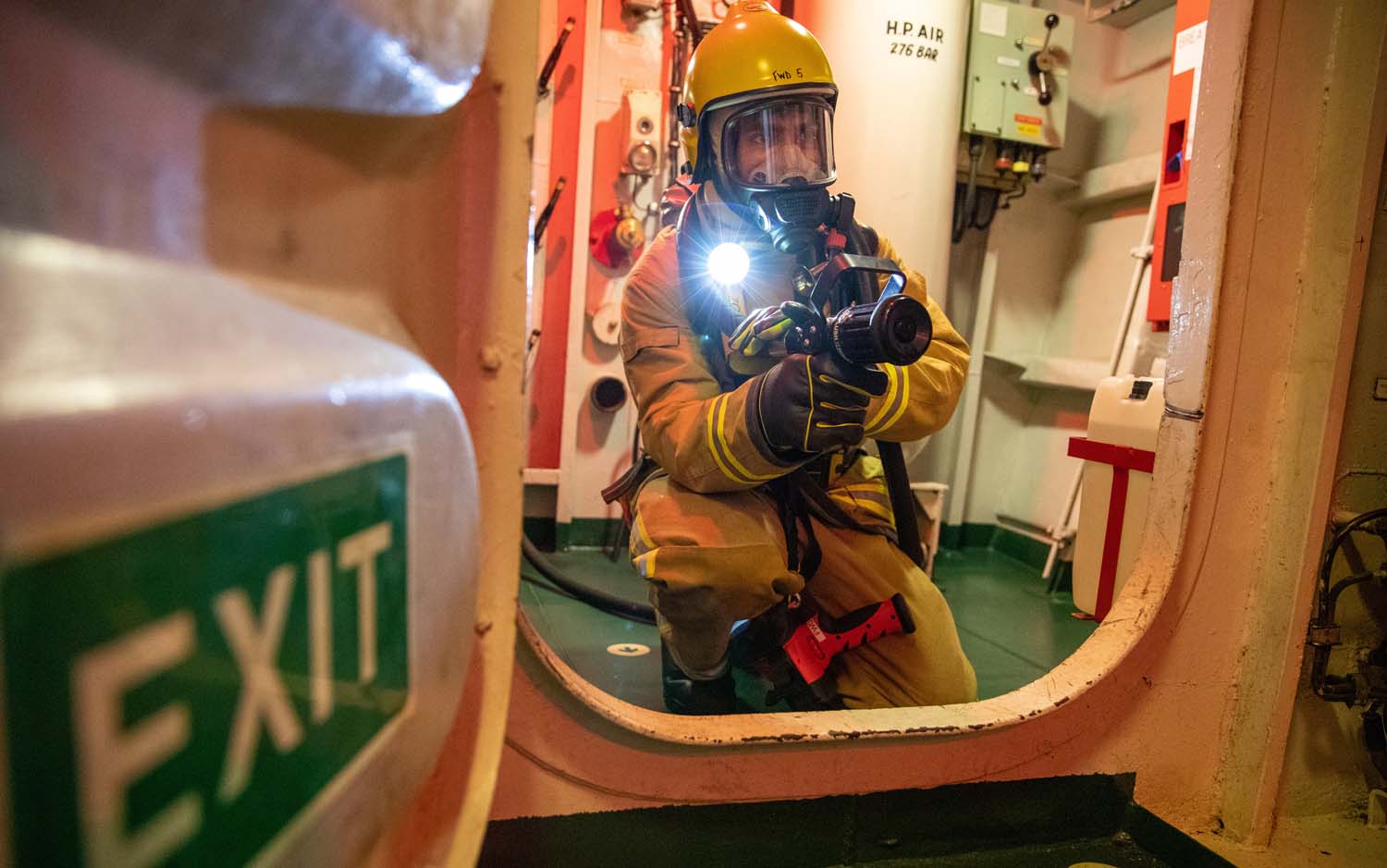
Firefighting and damage response teams were put to work in the bowels of the frigate. And the 4.5in main gun was thoroughly put through its paces at maximum elevation, maximum depression and maximum rate of fire (two dozen rounds a minute) which truly tested the gunbay team handling 21kg shells beneath the turret. Shells leave the barrel at speeds in excess of twice the speed of sound and have a maximum range of 15 miles. Further training and equipment trials over the next ten days will focus on the 4,500-tonne warship’s other weapons and sensors – every day bringing her one step closer full operational status.


